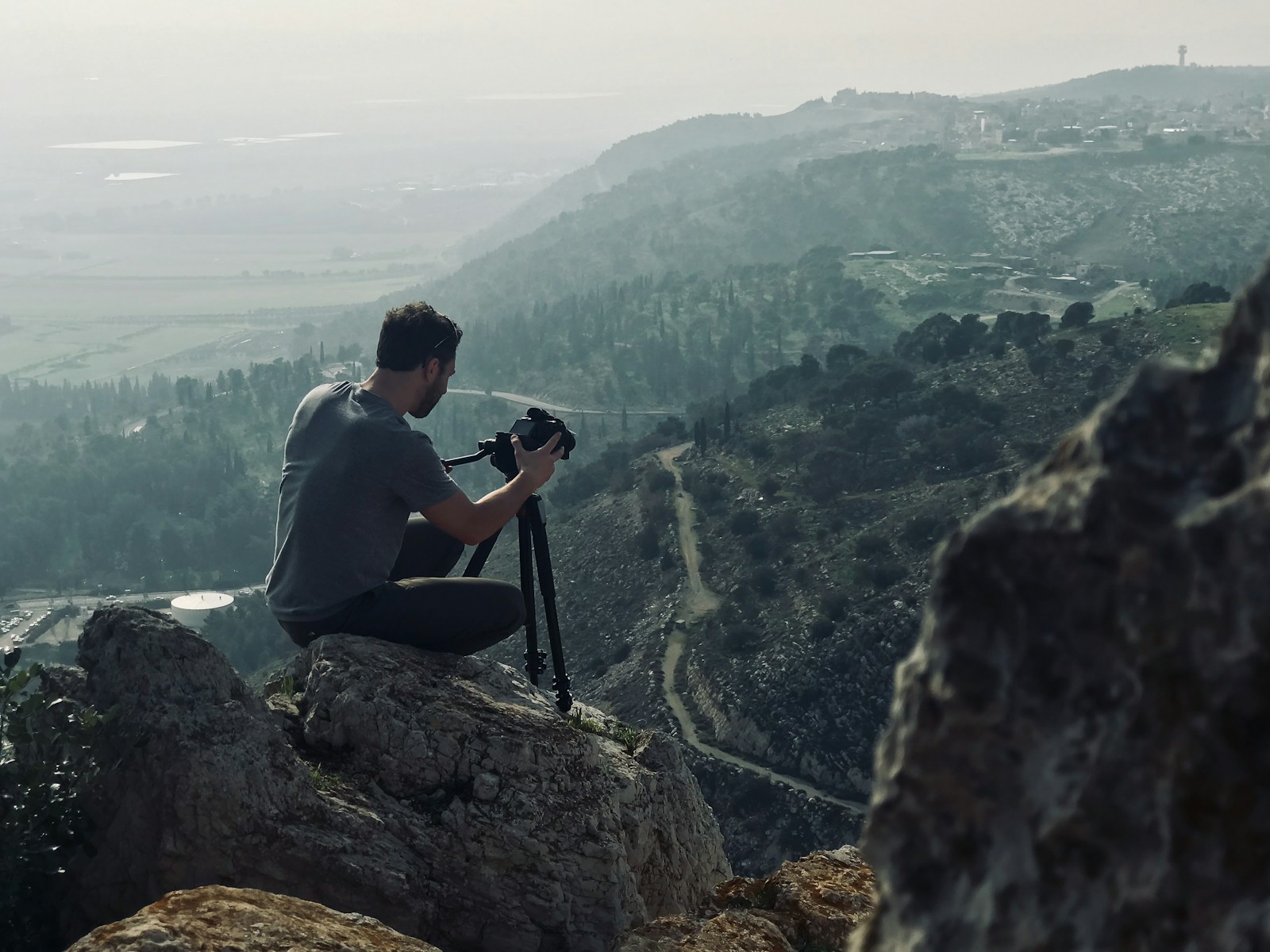National parks offer some of the most spectacular opportunities to photograph wildlife in their natural habitats. From majestic bison roaming Yellowstone to elusive mountain lions in Yosemite, these protected areas are wildlife photography paradises. However, with this privilege comes great responsibility. Proper wildlife photography ethics ensure not only your safety but also the wellbeing of the animals and preservation of their natural behaviors.
This guide will walk you through essential practices for responsible and successful wildlife photography in national parks, helping you capture breathtaking images while respecting nature’s boundaries.
Understanding Wildlife Photography Ethics
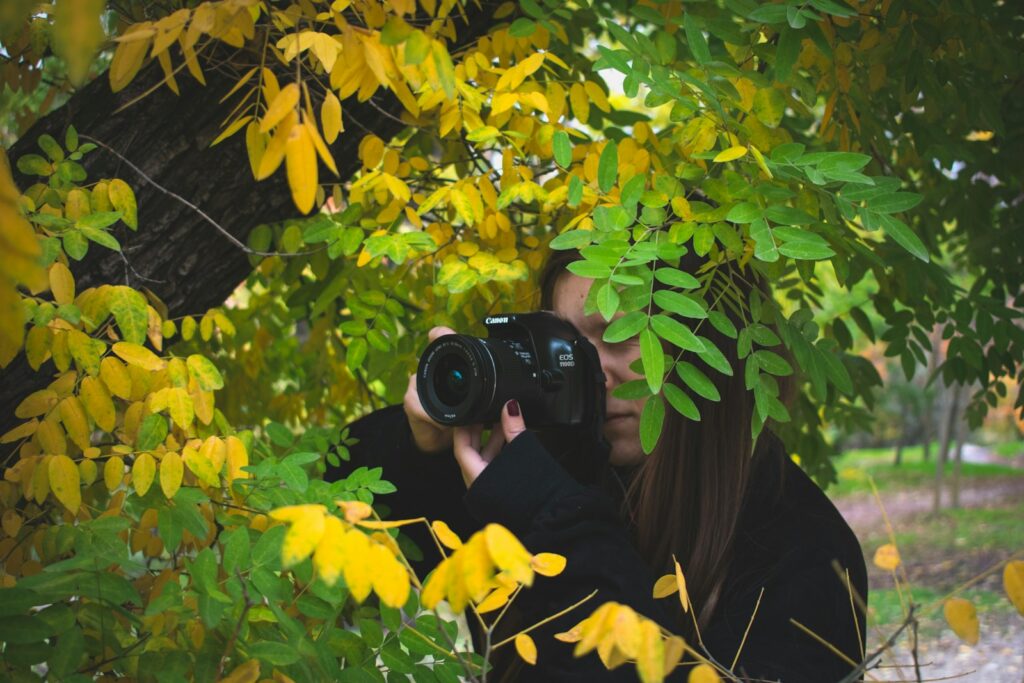
Wildlife photography ethics form the foundation of responsible interaction with animals in their natural habitats. These principles go beyond simple rules, representing a philosophy of respect for the creatures we photograph and the ecosystems they inhabit. Understanding that our presence as photographers can disrupt natural behaviors, cause stress, or even endanger wildlife is crucial before picking up your camera in a national park.
National parks were established specifically to protect these natural treasures, making ethical considerations even more important within their boundaries. By approaching wildlife photography with an ethical mindset, you’re contributing to conservation efforts rather than potentially harming the very subjects you admire.
DO: Maintain Safe and Respectful Distances
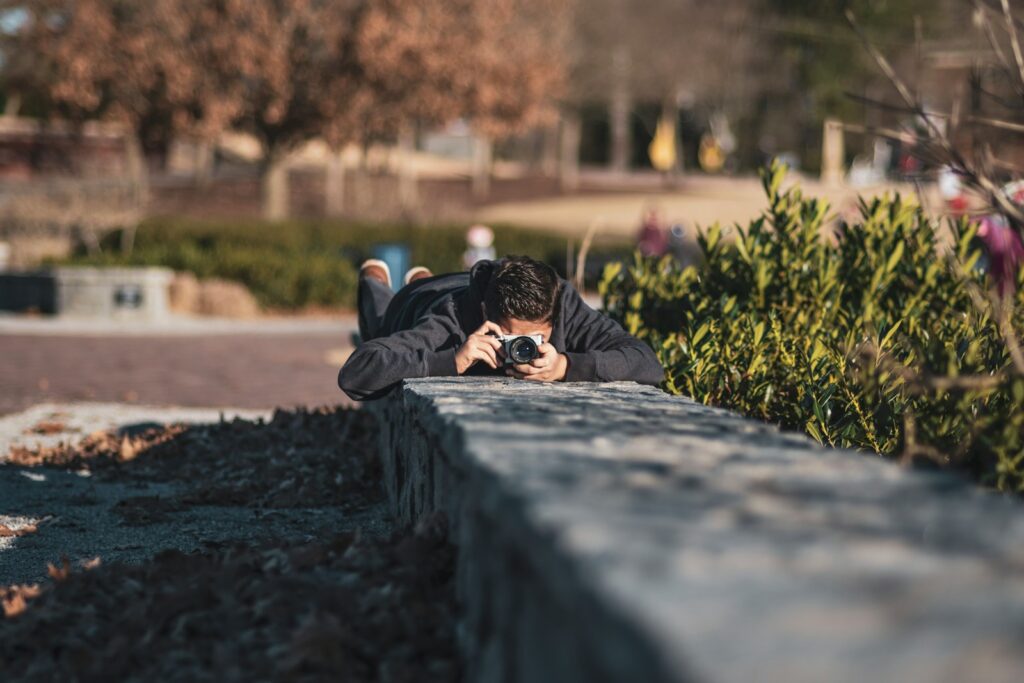
Keeping appropriate distance from wildlife is perhaps the most fundamental rule of ethical wildlife photography in national parks. Most parks enforce specific distance requirements—typically 25 yards (23 meters) from most wildlife and 100 yards (91 meters) from predators like bears and wolves. These distances aren’t arbitrary but are carefully determined by biologists based on animal behavior and safety considerations for both wildlife and humans.
Using telephoto lenses (200mm and beyond) allows you to capture intimate portraits while maintaining these safe distances. Remember that even if an animal appears calm, approaching too closely can trigger stress responses that may not be immediately visible but can have serious consequences for the animal’s wellbeing.
DON’T: Bait or Call Animals
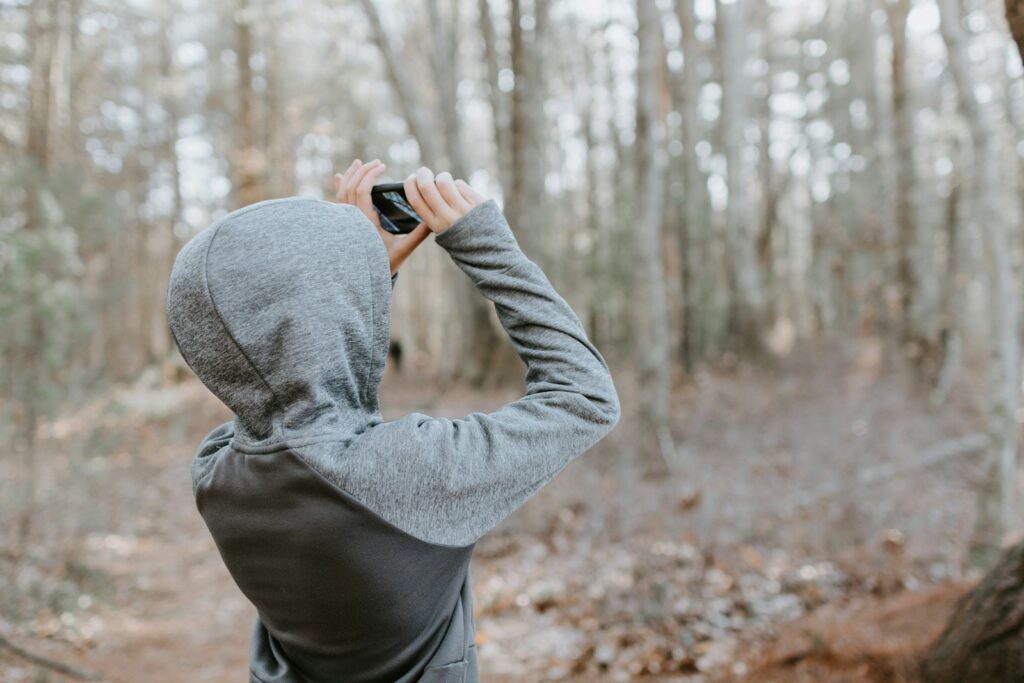
Baiting or calling animals for photography is strictly prohibited in national parks and represents one of the most harmful wildlife photography practices. Using food, sounds, or other attractants disrupts natural feeding patterns and can lead to dangerous habituation, where wild animals begin associating humans with food. This habituation often leads to tragic outcomes for the animals, as habituated wildlife frequently must be relocated or euthanized when they become too comfortable approaching humans.
Additionally, baited photographs lack authenticity and misrepresent natural animal behavior. Park rangers take these violations extremely seriously, with penalties including substantial fines and potential banishment from parks.
DO: Research Your Subject Species
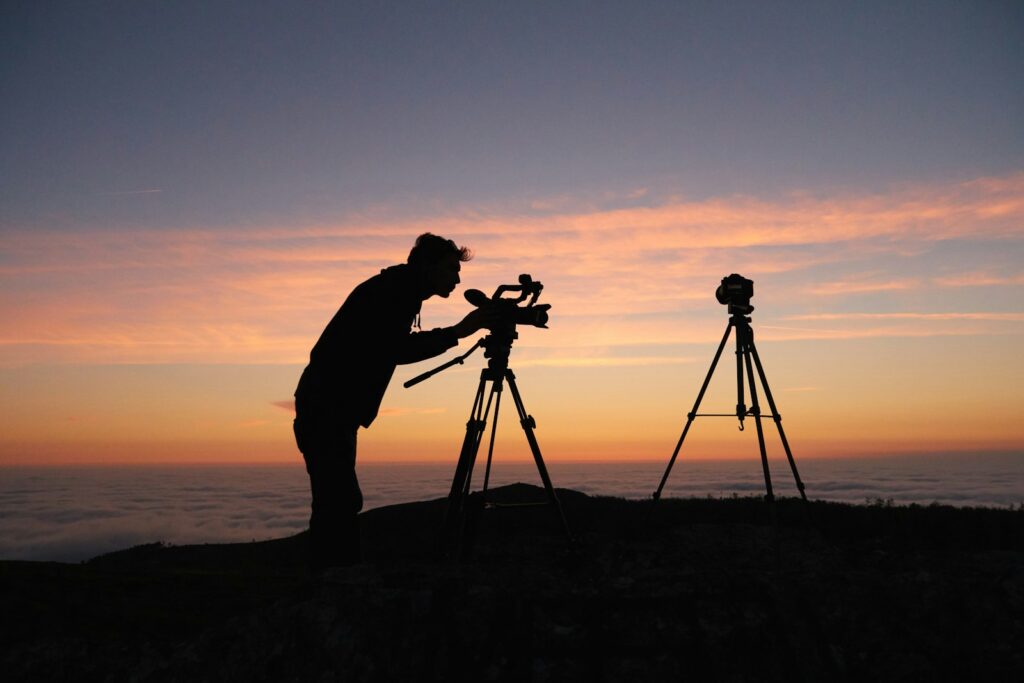
Thorough research about the species you hope to photograph dramatically improves both your chances of ethical encounters and the quality of your images. Understanding an animal’s habitat preferences, daily activity patterns, seasonal behaviors, and warning signs of stress provides invaluable context for responsible wildlife photography. For example, knowing that elk are most active at dawn and dusk helps you plan your shooting schedule, while recognizing that a moose laying its ears back signals aggression could prevent a dangerous situation.
Many national parks offer wildlife guides specific to their ecosystems, and park rangers can provide current information about animal sightings and behaviors. This knowledge not only protects the animals but also increases your likelihood of witnessing and capturing authentic natural behaviors.
DON’T: Disturb Wildlife Habitats
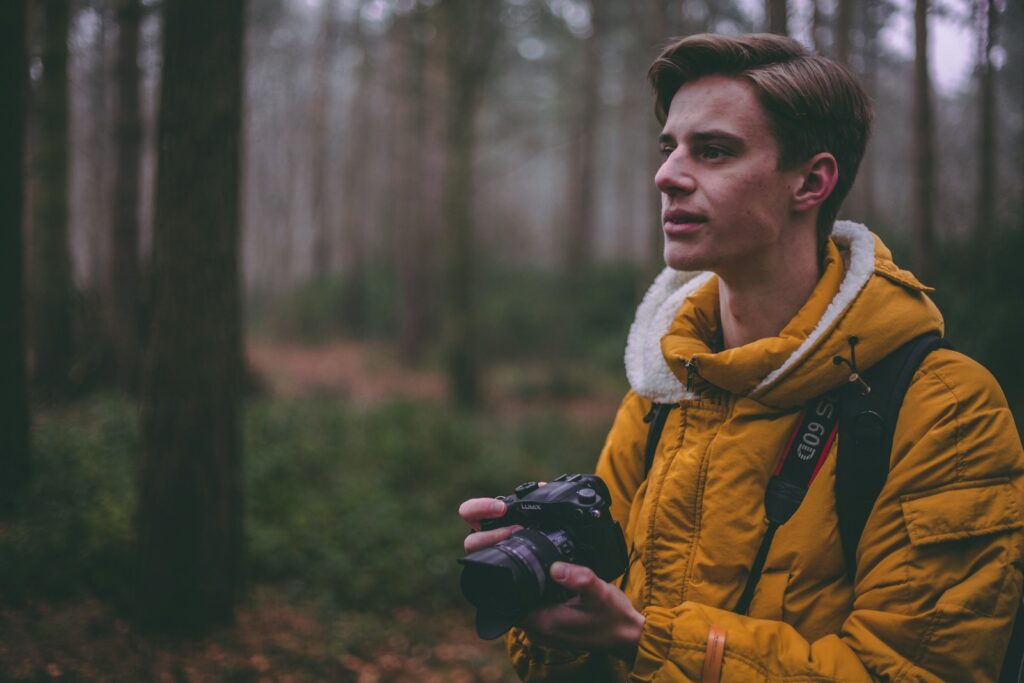
Disturbing wildlife habitats causes harm that extends far beyond the momentary disruption of your presence. Trampling vegetation to get a better shot, moving branches or other natural elements, or entering restricted areas can damage fragile ecosystems that wildlife depends upon. Nesting birds may abandon their eggs or young if disturbed, while denning mammals might relocate to less suitable habitats if they feel threatened. Even minor habitat alterations can have cascading effects throughout the ecosystem.
National parks designate trails and viewing areas specifically to minimize human impact while still providing observation opportunities. Adhering to these designated areas demonstrates respect for both the animals and the tireless conservation work of park staff.
DO: Master the Technical Aspects of Wildlife Photography
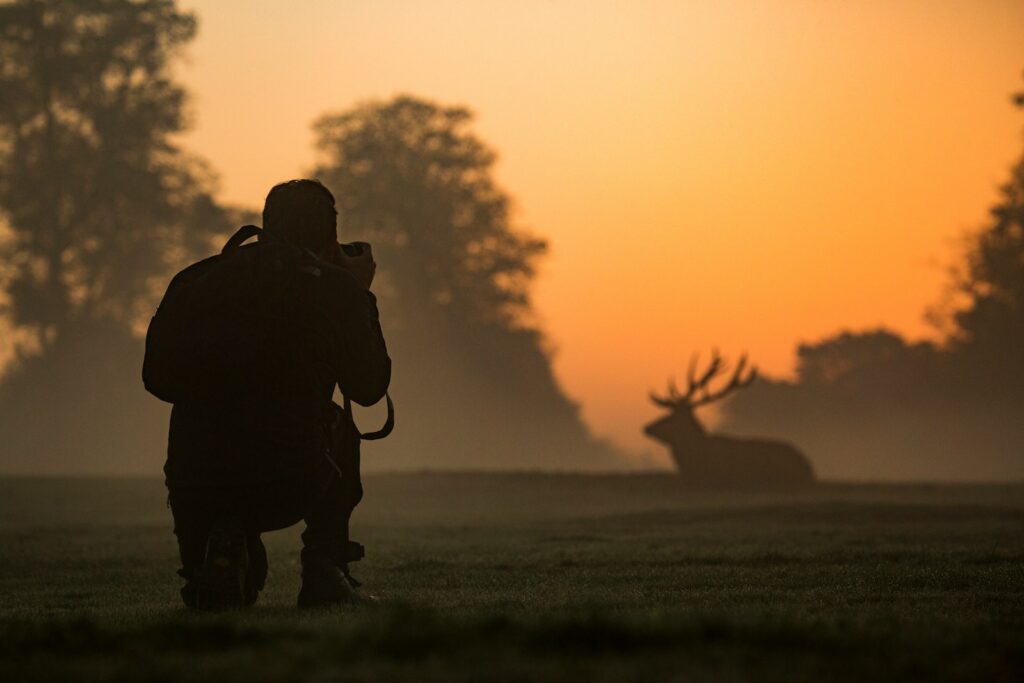
Technical proficiency with your photography equipment allows you to capture quality images without disturbing wildlife. Understanding how to use long telephoto lenses effectively means you can maintain appropriate distances while still getting frame-filling shots of animals. Learning to shoot in challenging lighting conditions—common during the dawn and dusk hours when wildlife is most active—prevents missed opportunities when perfect moments present themselves.
Becoming comfortable with quick adjustments to shutter speed, aperture, and ISO settings helps you adapt to the unpredictable nature of wildlife encounters. Before your park visit, practice with your equipment in various settings so that when wildlife appears, you can focus on composition and timing rather than fumbling with camera controls.
DON’T: Use Drones or Noisy Equipment
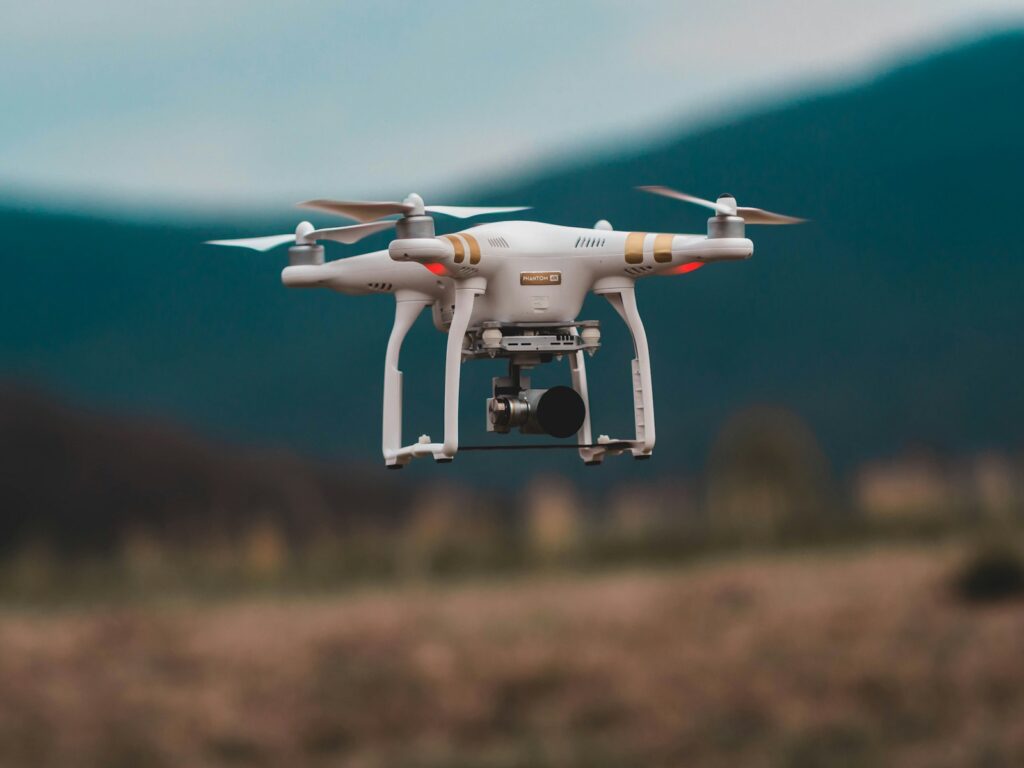
Drones are explicitly prohibited for wildlife photography in most national parks, and for good reason—they represent one of the most disruptive technologies for wildlife. The unfamiliar sight and sound of drones can trigger panic responses in animals, potentially causing them to flee from essential feeding grounds or abandon young. Even conventional photography equipment can disturb wildlife if it produces excessive noise. Camera shutters, electronic beeps, or even loud conversations near wildlife can alert animals to your presence and alter their natural behavior.
Some wildlife photographers use sound-dampening gear or camera housings to minimize noise disturbance. Being mindful of all the ways your equipment might impact wildlife demonstrates comprehensive respect for the animals’ experience.
DO: Practice Patience and Observation
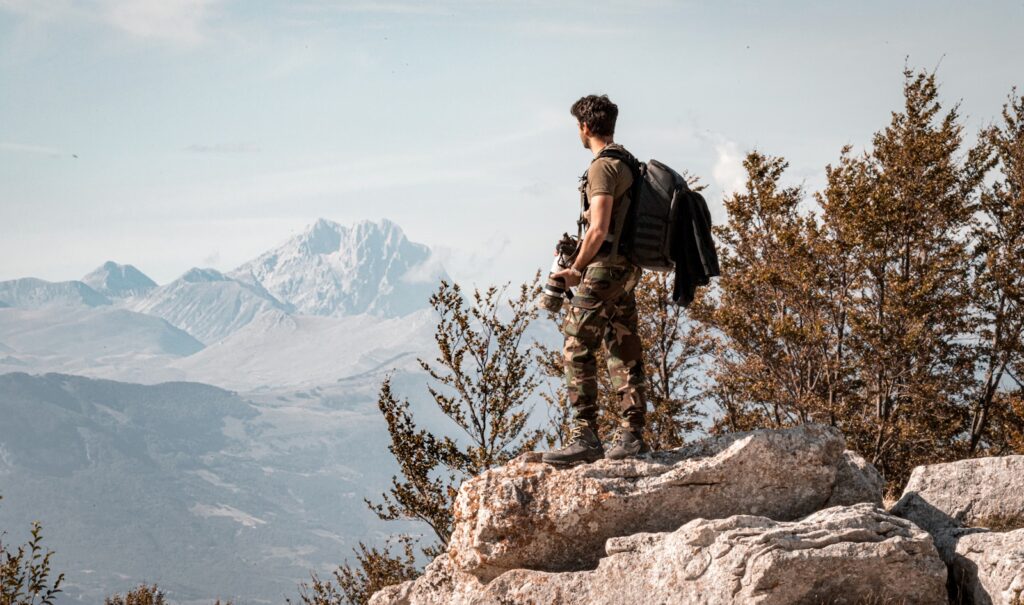
Patience represents perhaps the most valuable skill in wildlife photography, often making the difference between mediocre snapshots and extraordinary images that capture genuine animal behavior. Seasoned wildlife photographers frequently spend hours or even days observing and waiting for the perfect moment, allowing animals to grow comfortable with their distant presence. This waiting period serves a dual purpose: it minimizes your disruptive impact on wildlife while increasing your chances of witnessing and documenting significant behaviors.
Observation skills develop over time, as you learn to recognize subtle animal signals and anticipate interesting actions. Consider bringing a small portable seat and using the waiting time to appreciate the entire ecosystem around you, noting patterns that might inform future photography sessions.
DON’T: Chase or Block Wildlife Movement
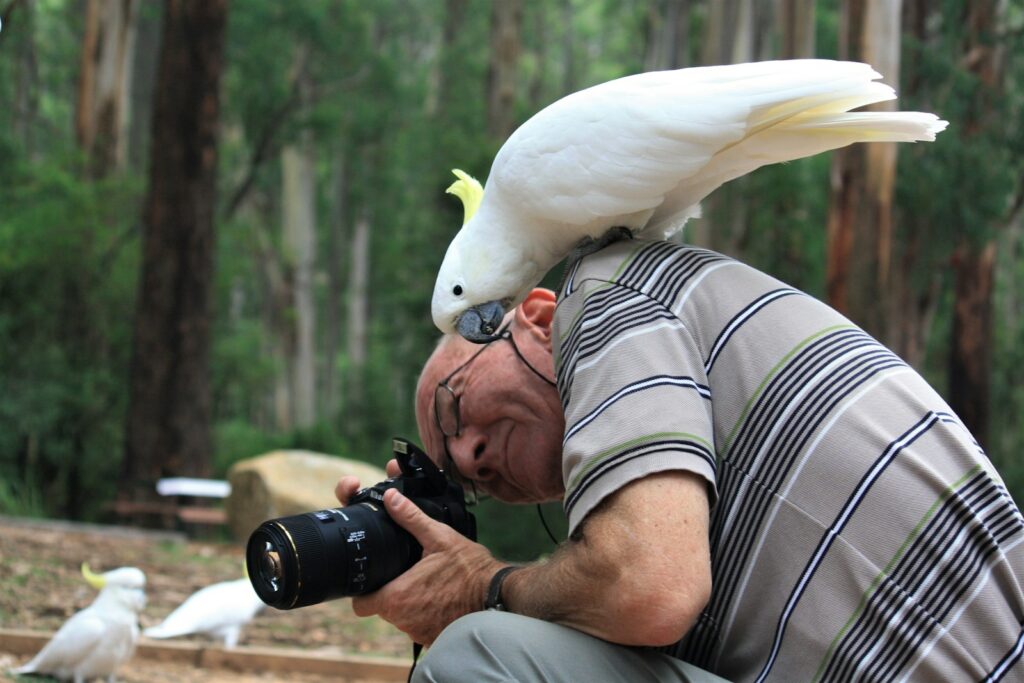
Pursuing animals or blocking their path creates unnecessary stress and can have serious consequences for their wellbeing. When wildlife feel cornered or pursued, they may expend critical energy reserves fleeing, potentially separating mothers from young or driving animals away from important food sources. Blocking an animal’s movement, whether intentionally for photography or unintentionally through careless positioning, can force wildlife into choosing between confrontation and detour.
This disruption is particularly problematic during sensitive times like migration, mating season, or when animals are caring for young. Instead, position yourself unobtrusively where wildlife naturally passes and allow animals to move freely without feeling threatened. This approach yields more natural behavior in your images while preserving the animals’ autonomy.
DO: Respect Seasonal Sensitivities
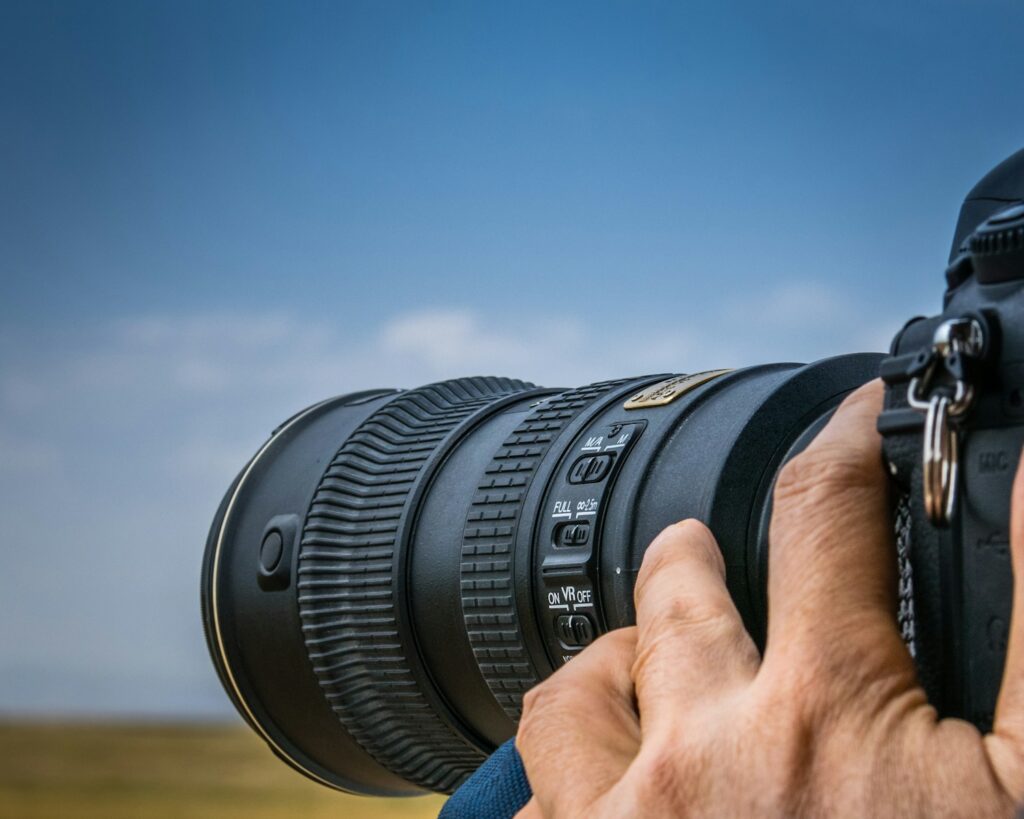
Different seasons bring varying levels of vulnerability for wildlife, making seasonal awareness essential for ethical photography. Spring often involves nesting birds and newborn mammals, which are particularly susceptible to disturbance. Winter photography requires extra caution as many animals operate on narrow energy margins in harsh conditions—forcing them to move unnecessarily could deplete critical reserves. Mating seasons bring territorial behaviors that can make some species more aggressive or more sensitive to human presence.
National parks often implement seasonal closures of certain areas to protect wildlife during these vulnerable periods. Respecting these restrictions and adjusting your photography approach based on seasonal considerations demonstrates a sophisticated understanding of wildlife conservation needs throughout their annual cycles.
DON’T: Prioritize Photos Over Animal Welfare
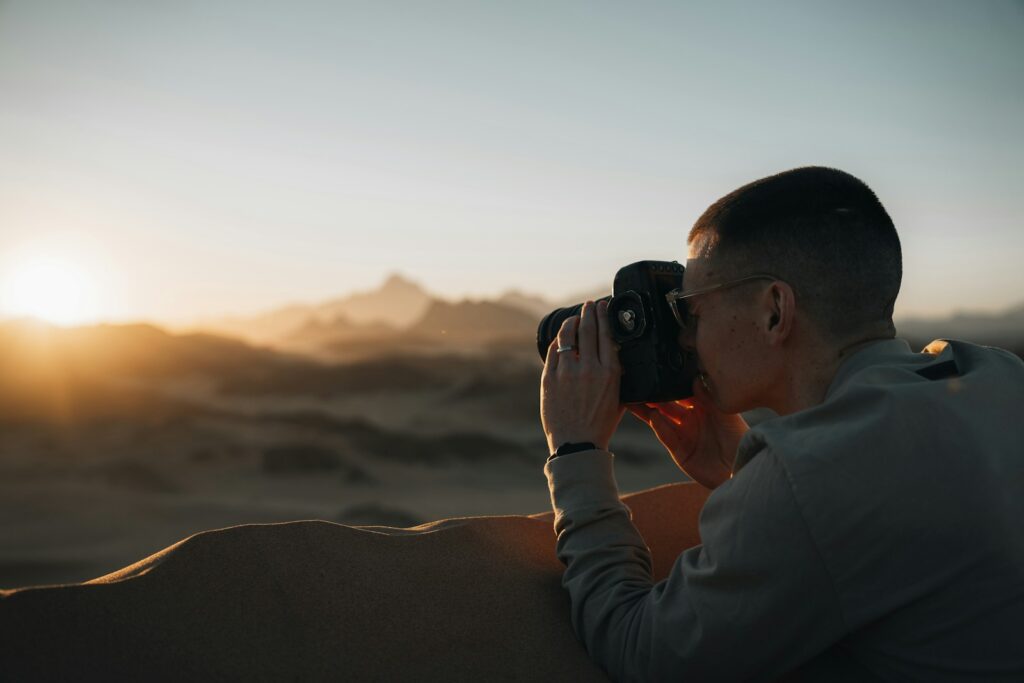
The desire to capture extraordinary wildlife images can sometimes tempt photographers to push ethical boundaries, but no photograph is worth harming an animal. Recognizing when your presence is causing stress or changing behavior is crucial—signs might include animals stopping feeding, displaying alert postures, or moving away. When you observe these signals, the ethical choice is to back away, even if it means missing a potentially spectacular shot. Social media and photography competitions have unfortunately created pressure for increasingly sensational wildlife images, sometimes encouraging photographers to take risks with animal welfare.
Maintaining perspective about the primacy of animal wellbeing over any photographic achievement forms the cornerstone of ethical wildlife photography. Remember that many iconic wildlife photographers have built their reputations not just on stunning images but on their ethical approach to obtaining them.
DO: Share Your Knowledge and Ethical Practices
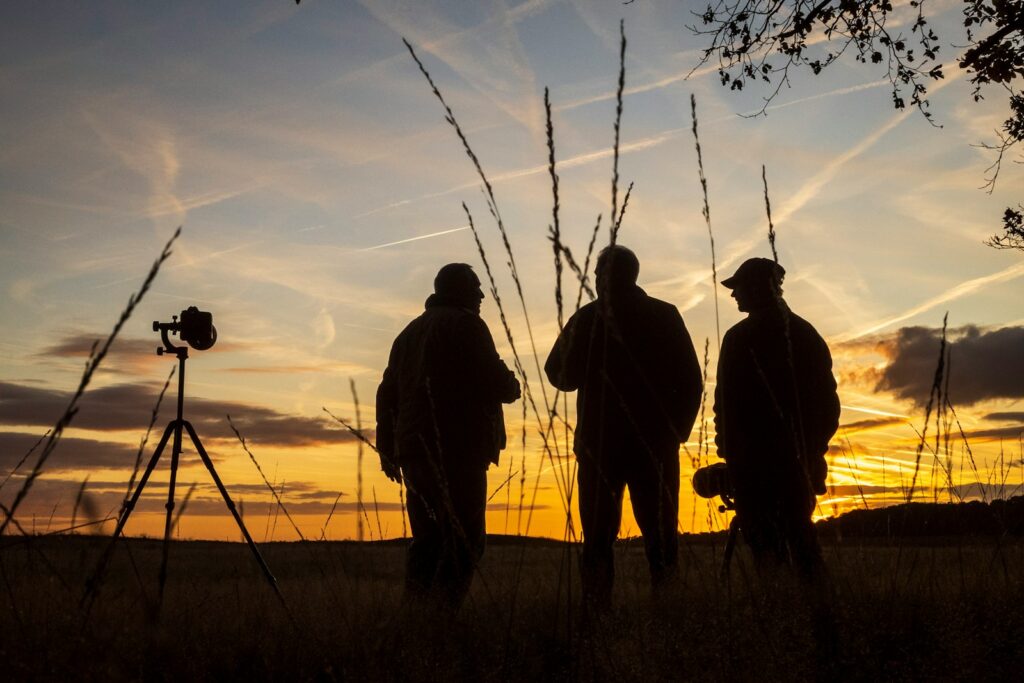
Experienced wildlife photographers have a valuable opportunity to educate others about ethical practices, multiplying their positive impact on conservation. When sharing your images on social media or photography platforms, consider including information about the ethical considerations you employed—such as the long lens used, the patient waiting, or the research conducted. When witnessing problematic behavior from other photographers or park visitors, offering gentle education rather than confrontation often proves more effective in changing behaviors.
Many professional wildlife photographers now include ethics statements on their websites or conduct workshops that emphasize responsible approaches alongside technical skills. By becoming an ambassador for ethical wildlife photography, you help create a community standard that prioritizes animal welfare while still celebrating the artistry of wildlife imagery.
DON’T: Geotag Specific Wildlife Locations
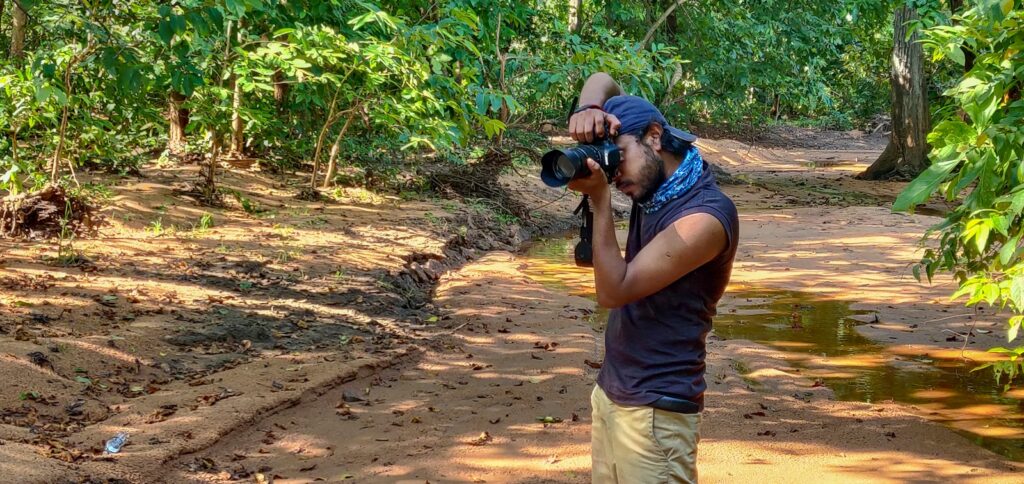
The practice of geotagging precise wildlife locations on social media has created significant conservation challenges in popular national parks. When specific animal locations go viral, these areas can quickly become overcrowded with visitors hoping for similar sightings, creating wildlife disturbance on a large scale. Particularly vulnerable are sensitive species or individuals with predictable patterns, such as nesting birds or animals with young. Instead of specific geotagging, consider noting only the general park area or omitting location data entirely.
Many professional wildlife photographers have adopted a “no specific location” policy for sharing rare or sensitive species images. This small sacrifice helps protect wildlife from being overwhelmed by sudden visitor attention while still allowing you to share your beautiful images with audiences who appreciate them.
DO: Report Wildlife Harassment
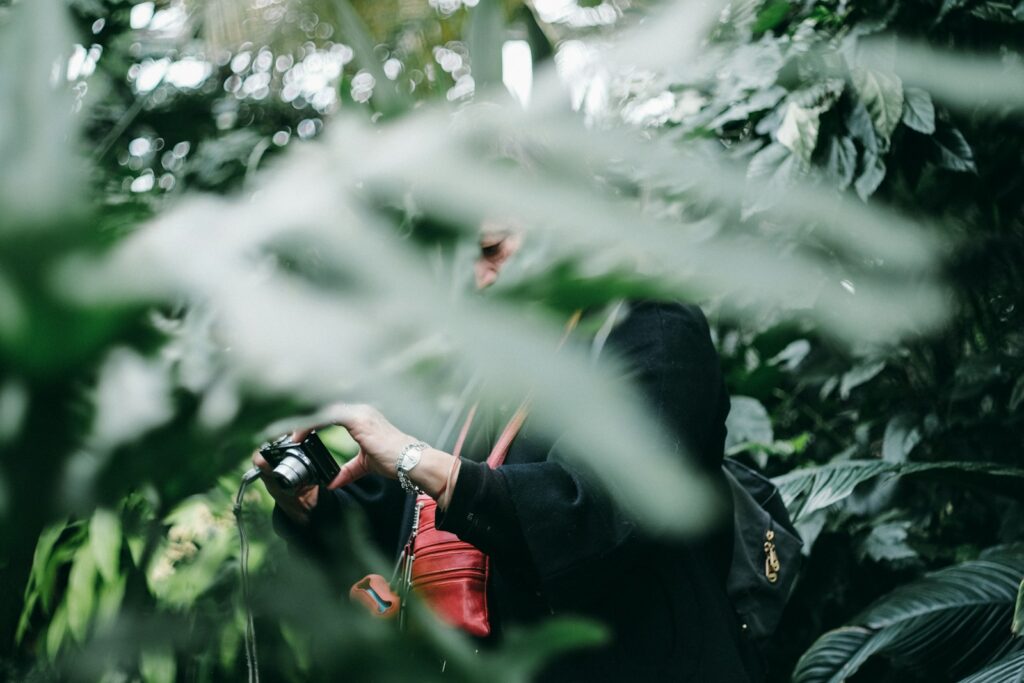
Witnessing wildlife harassment in national parks creates an ethical obligation to report these incidents to park authorities. Rangers cannot monitor the entire park simultaneously and rely on responsible visitors to alert them to problematic situations. Most parks have dedicated wildlife harassment reporting systems, including emergency phone numbers, visitor center contacts, or even smartphone apps designed for reporting violations. When making a report, note specific details such as location, time, vehicle descriptions if applicable, and the nature of the harassment—this information helps rangers respond effectively.
While confronting violators directly might seem tempting, this approach can sometimes escalate situations dangerously; allowing trained rangers to handle enforcement typically produces better outcomes. By reporting wildlife harassment, you become an essential part of the conservation community that helps protect these precious resources for future generations.
Conclusion: Photography as Conservation
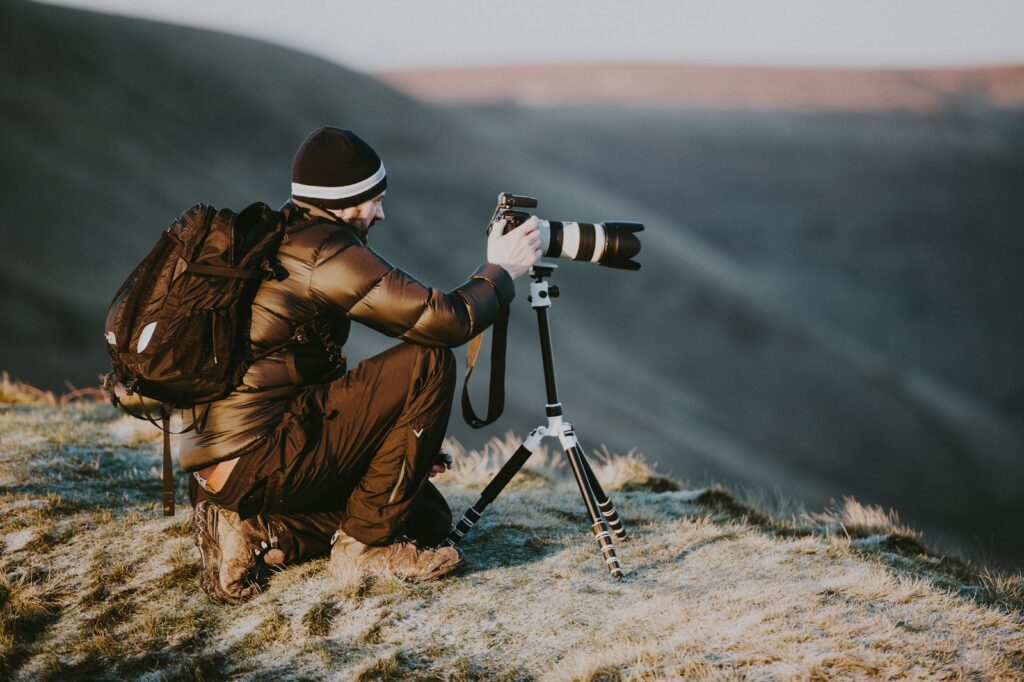
When practiced ethically, wildlife photography in national parks becomes a powerful conservation tool rather than an exploitation risk. Your breathtaking images can inspire others to appreciate and protect these magnificent creatures and the ecosystems they inhabit. They can document behaviors and conditions that contribute to scientific understanding and conservation planning. Most importantly, ethical wildlife photography demonstrates a fundamental respect for the autonomy and wellbeing of wild animals—acknowledging that we are privileged visitors in their homes.
As you venture into national parks with your camera, remember that the most valuable wildlife images tell authentic stories without causing harm. By following these guidelines, you join a community of responsible photographers whose work celebrates and protects our irreplaceable natural heritage for generations to come.

